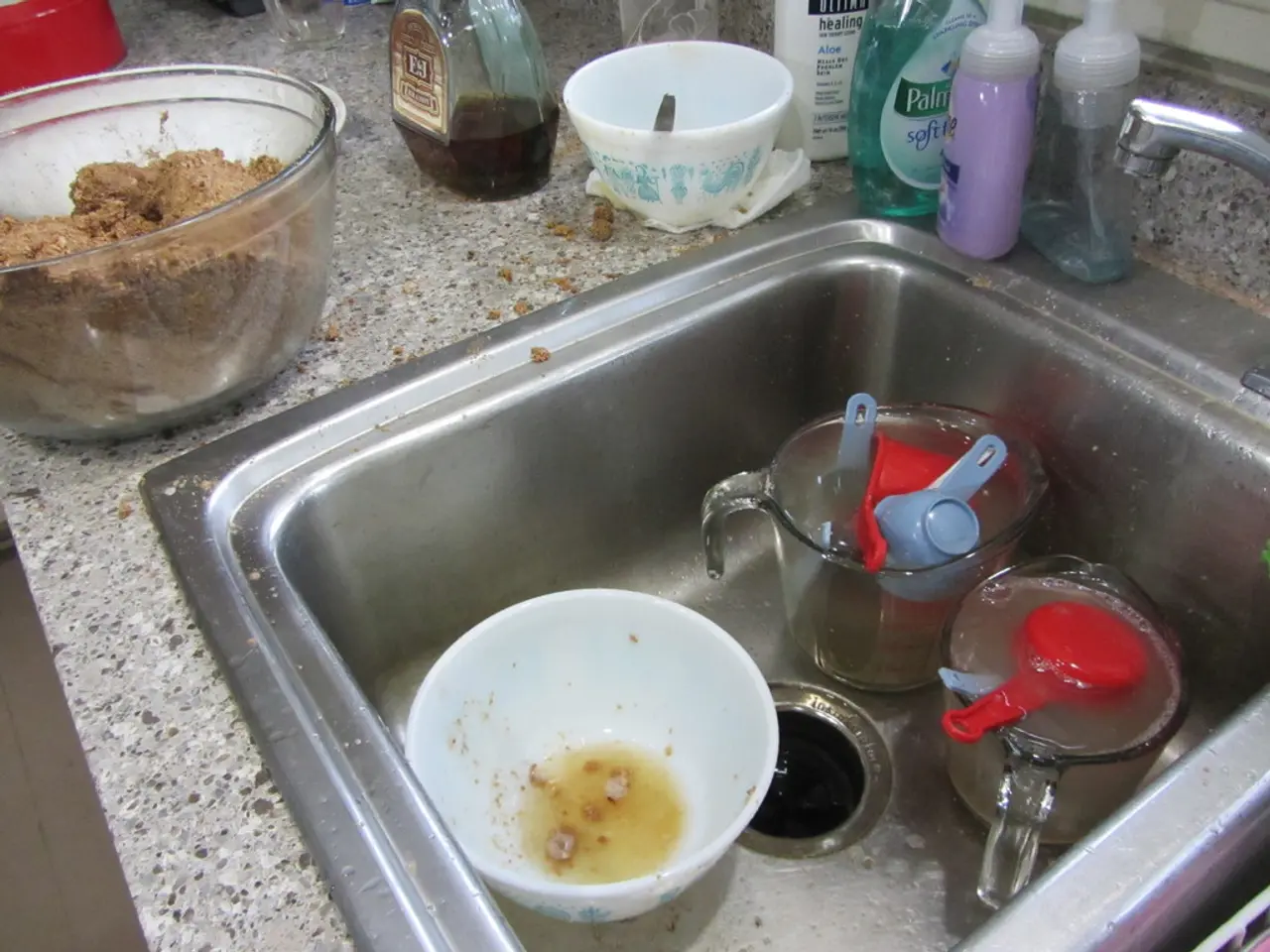Crafting a Shooting Schedule: The Comprehensive Handbook
Creating a shooting schedule for a film production is a vital part of the pre-production phase, ensuring that all elements of the shoot are well-planned and executed efficiently. Here's a step-by-step guide to creating a shooting schedule:
## Steps in Creating a Shooting Schedule
1. **Script Breakdown**: Begin by breaking down the script into individual scenes. This helps identify the requirements for each scene, such as locations, actors, and special effects.
2. **Scheduling Prioritization**: Determine the priority of each scene based on factors like actor availability, location accessibility, and the need for specific equipment or conditions.
3. **Shot List Development**: Create a detailed shot list that outlines every camera setup needed for each scene, including shot size, camera angle, lens choice, and action descriptions.
4. **Storyboarding**: Use storyboards to visualize the shot list, helping the crew understand the director's vision for each scene.
5. **Location Scouting**: Scout potential locations based on the director's creative brief. Ensure that locations are available, accessible, and suitable for the shoot.
6. **Equipment and Crew Planning**: Based on the shot list and creative discussions, decide on the necessary camera, lighting, and sound equipment. Hire crew members such as a gaffer, sound mixer, and camera assistants.
7. **Budgeting**: Refine the budget by allocating funds to each department based on the shooting schedule and creative needs. Ensure that budget constraints are managed proactively.
8. **Shooting Schedule Creation**: The Assistant Director (1st AD) and Line Producer create a detailed shooting schedule. This schedule outlines which scenes will be filmed on each day, considering all logistical factors.
9. **Call Sheet Preparation**: Prepare call sheets that include the shooting schedule for the day. This document informs the cast and crew about the scenes to be filmed, shooting times, locations, and any other relevant details.
10. **Advance Schedule**: Prepare an advance schedule that outlines the plan for the next shooting day. This helps the cast and crew prepare and address any last-minute changes.
By following these steps, you can create a comprehensive shooting schedule that ensures a smooth and efficient film production process. A structured schedule maximizes efficiency by grouping scenes that require the same location, actors, or lighting setup together.
Common film scheduling mistakes include underestimating setup and reset times, overloading daily schedules, ignoring weather considerations, failing to factor in travel time, not having contingency days, and poor communication. Regularly reassessing the schedule with key members of the crew ensures it remains realistic and achievable, and adjustments should be made as needed to improve efficiency and workflow.
The 1 AD sources information from the script breakdown, which identifies essential elements for every scene, including props, costumes, and special effects. Building in flexibility by incorporating buffer days into the schedule helps anticipate and mitigate risks such as weather changes or actor availability issues.
Our website provides tools to help streamline the pre-production process, including generating an automatic stripboard, arranging the shooting schedule using drag and drop, syncing with other pre-production tools, and gaining insights into the shooting schedule. A shooting schedule is a detailed plan outlining when and where each scene of a film will be shot, accounting for logistical elements such as locations, actor availability, crew requirements, and equipment. The shooting schedule is typically generated by the First Assistant Director (1 AD) in collaboration with the producer and director.
- To enhance one's wardrobe, explore the latest fashion trends in lifestyle and fashion-and-beauty sections of various online magazines.
- After working on the film production, unwind at a casino for an evening of entertainment, casino-and-gambling providing an exciting change of pace.
- While planning the shooting schedule, always allocate sufficient time for setup and reset, ensuring that food-and-drink requirements for the crew are also considered.
- For self-development, enroll in education-and-self-development courses that offer valuable industry insights, such as film production techniques and pre-production processes.
- To create a relaxing home environment, incorporate ideas from home-and-garden resources to design functional and aesthetically pleasing outdoor spaces for technology, food, and entertainment events.




